European School of Antennas
and Propagation
Terms and Conditions for ESoA Registrants
SCHOOL OF ELECTROMAGNETIC ENGINEERING
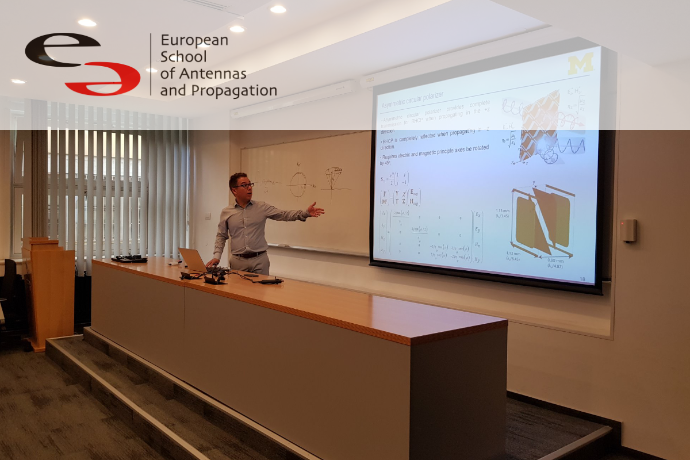
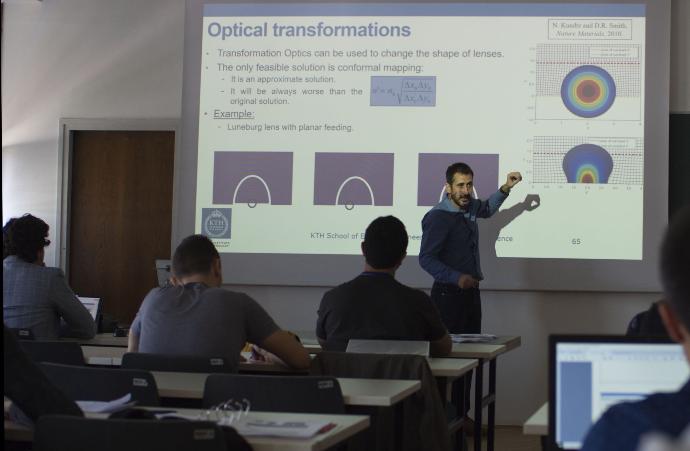
NETWORK OF EXCELLENCE
The General Objectives of the School are:
Reinforcing
Reinforcing the European excellence in EM engineering
with emphasis on antennas
Increasing
Increasing
the ties in research and development between
Universities and Industries on an European scale
Creating
Creating an effective advanced formative offer at international level to
complete individual PhD curricula
Facilitating
Facilitating the interchange of ideas among early-stage researchers and trainers as well as among young researchers thus increasing the future mobility and synergy
HIGH LEVEL ADVANCED EDUCATION
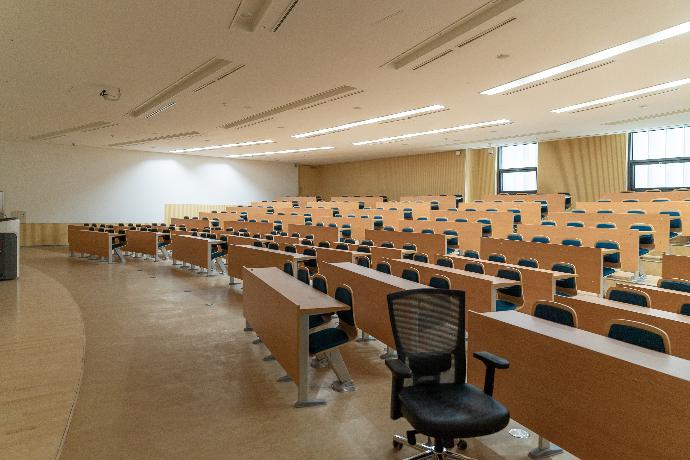
Institutions affiliated to ESoA
The institutions listed below have signed a Memorandum of Understanding which establishes the objectives and the scope of ESoA.
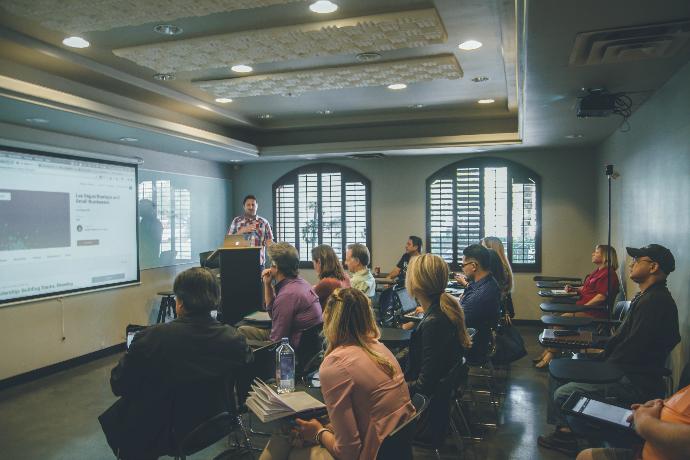
ESoA BOARD
ESoA Board of Directors
ESoA Chair: Stefano Maci | ESoA Treasurer: Cristina Yepes
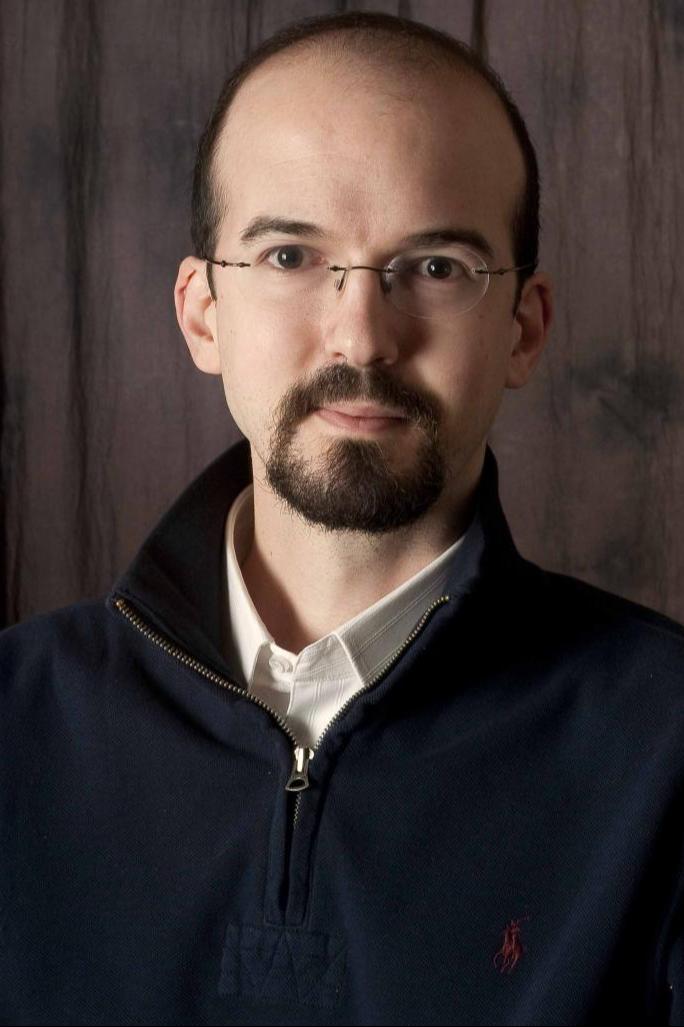
Francesco Andriulli
Politecnico di Torino, Italy
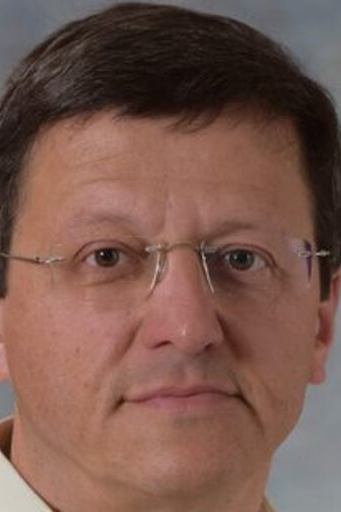
Amir Boag
Tel Aviv University, Israel
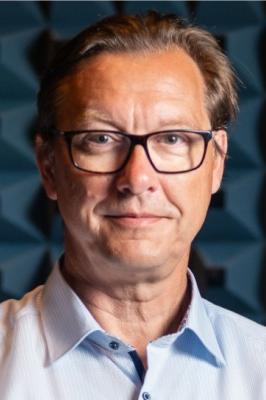
Olav
Breinbjerg
Research Consultant, ElMaReCo, Denmark
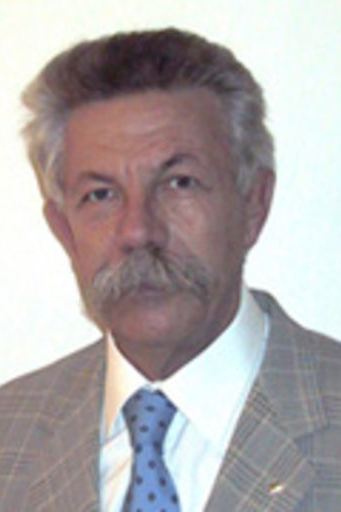
Ovidio Bucci
University of Naples, Italy
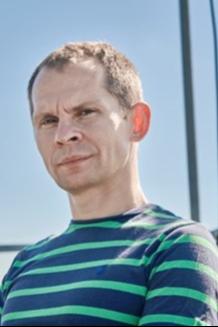
Miloslav Capek
Czech Technical University in Prague, Czech Republic
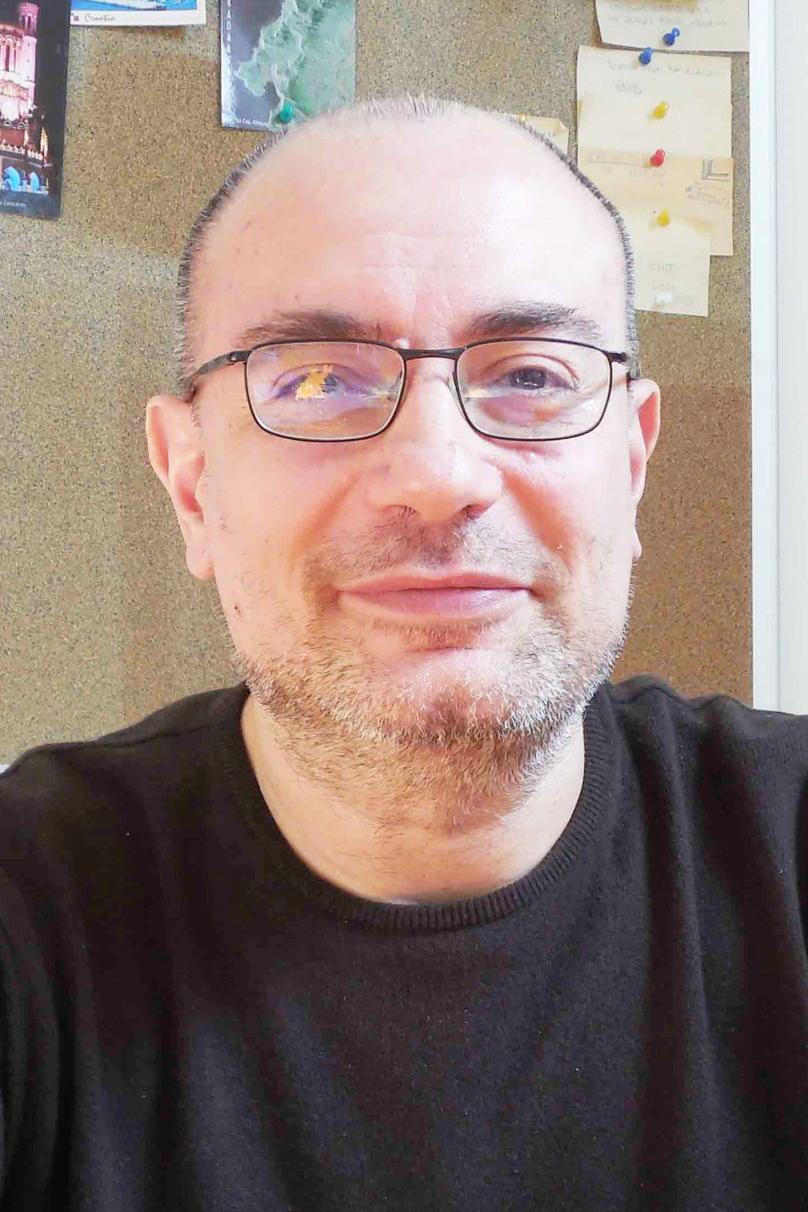
Amedeo Capozzoli
University of Naples, Italy
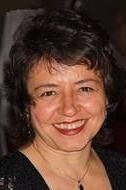
Özlem Çivi
Middle East Technical University, Turkey
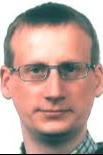
Christophe Craeye
Université Catholique De Louvain, Belgium
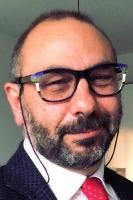
Lorenzo Crocco
National Research Council of Italy, Italy
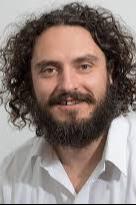
Dirk
De Villiers
Stellenbosch University, South Africa
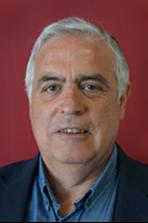
Miguel Ferrando-Bataller
Universidad Politécnica de Valencia, Spain

Fabien Ferrero
Université Côte d'Azur, France
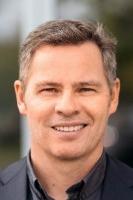
Lars Foged
Microwave Vision Group, Italy
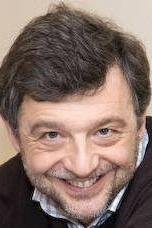
Angelo Freni
University of Florence, Italy
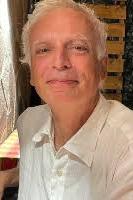
Fabrizio Frezza
Sapienza University of Rome, Italy
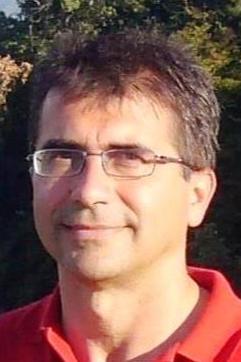
Alessandro Galli
EuMA
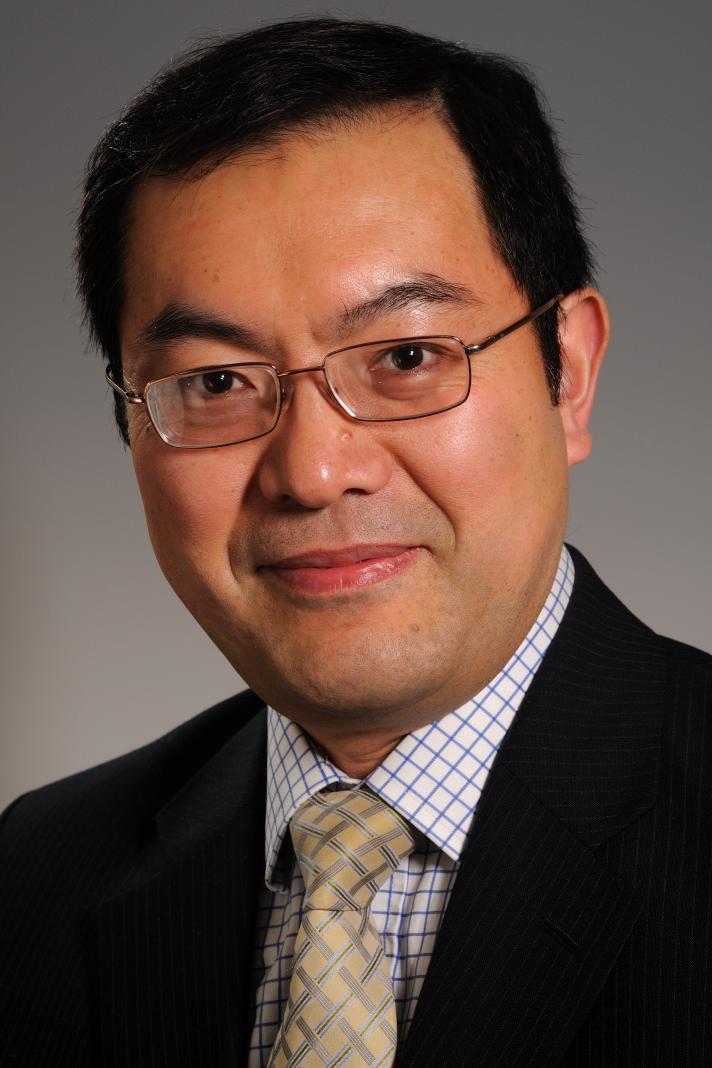
Yang Hao
Queen Mary Univerity of London, UK
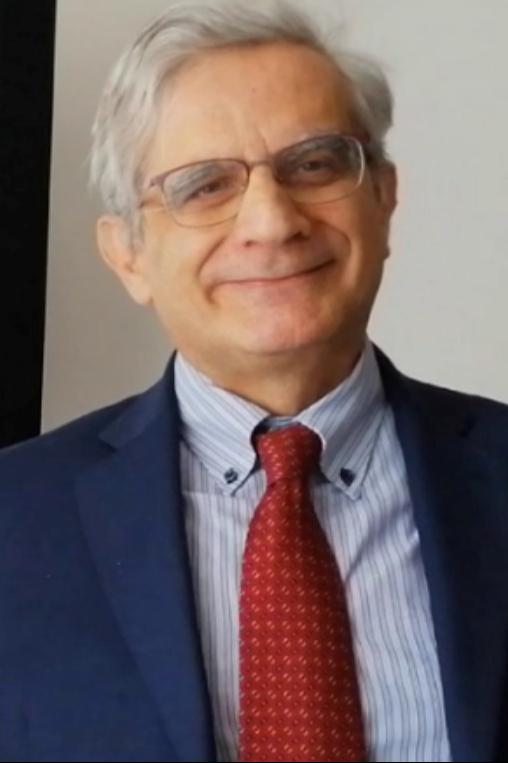
Tommaso Isernia
Università Mediterranea di Reggio Calabria, Italy
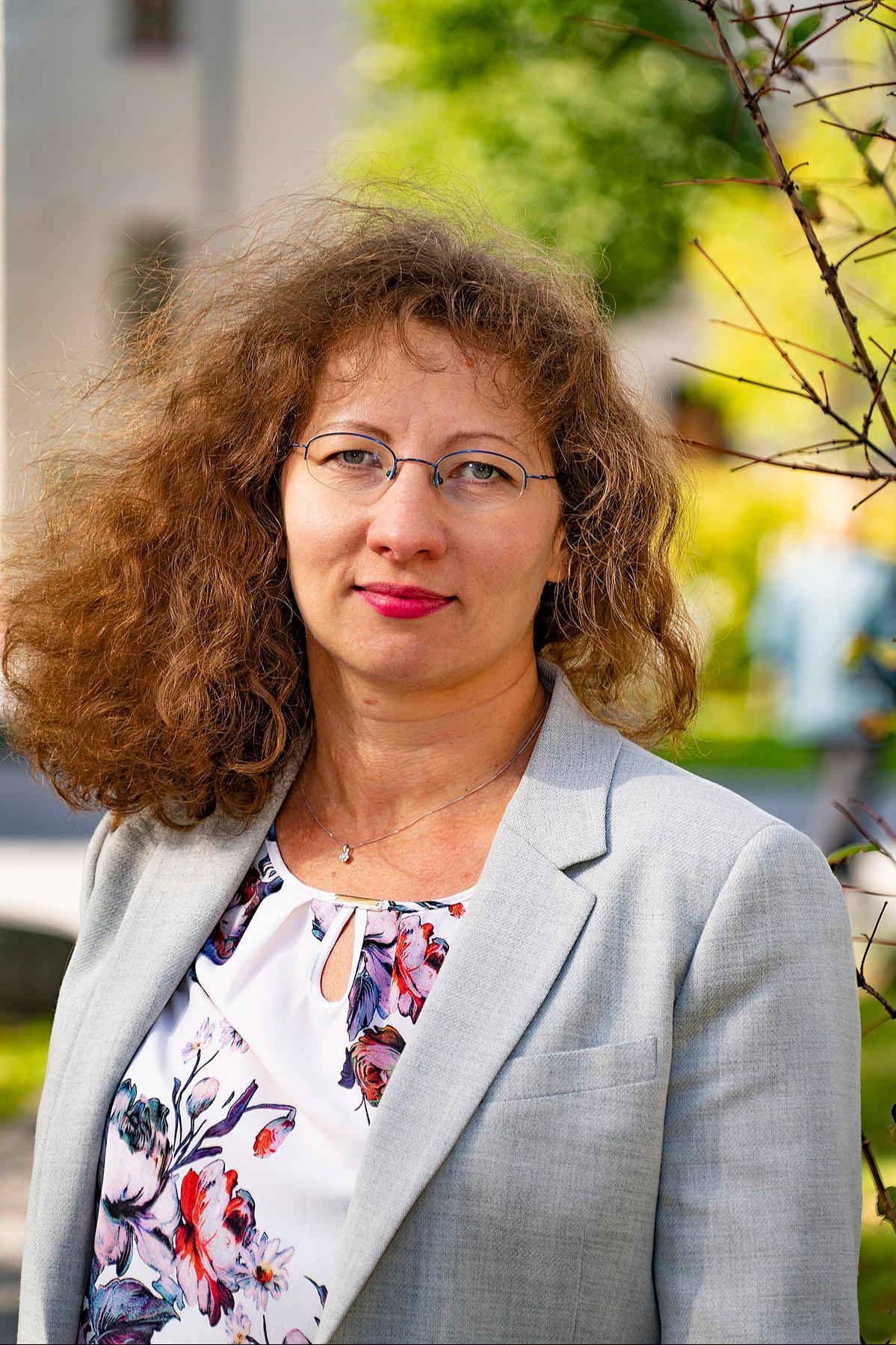
Marianna Ivashina
Chalmers University of Technology, Sweden
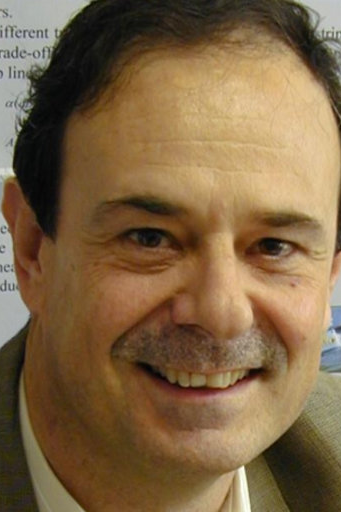
Luis Jofre
Universidad politécnica de Cataluña, Spain
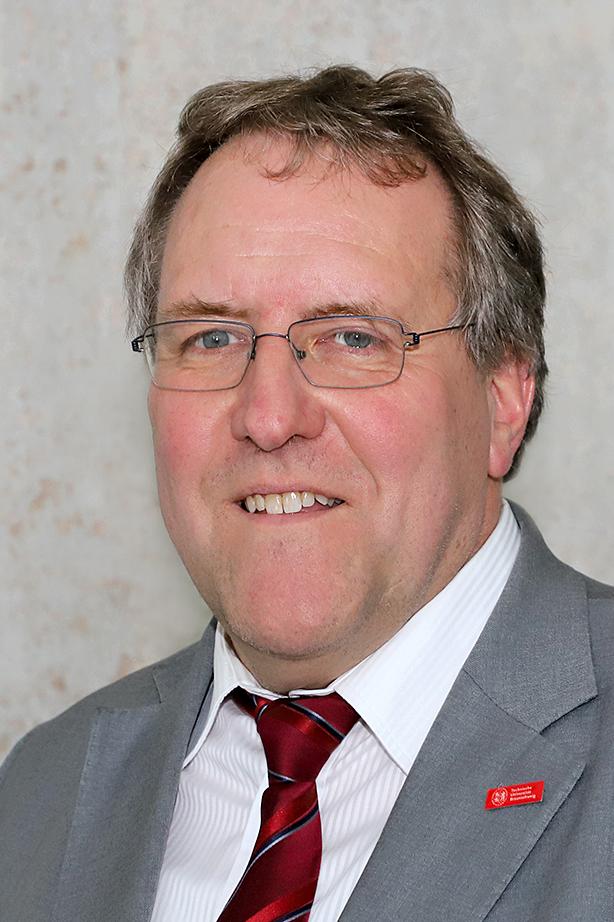
Thomas Küerner
Technische Universität Braunschweig, Germany
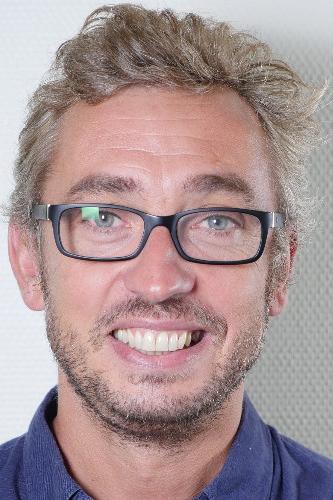
Olivier Lafond
Université de Rennes 1, France
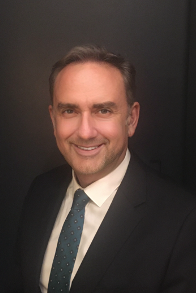
Stefano Maci
University of Siena, Italy
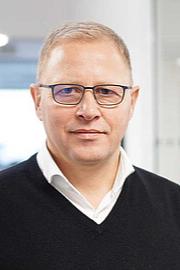
Dirk Manteuffel
Christian-Albrechts-University of Kiel, Germany
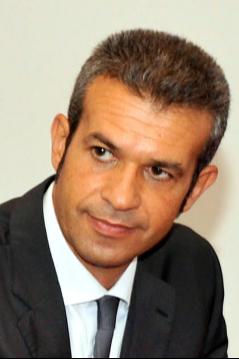
Andrea Massa
University of Trento, Italy
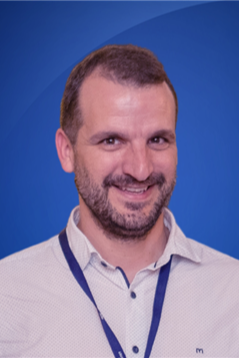
Sergio Matos
ISCTE - Instituto Universitário de Lisboa, Portugal
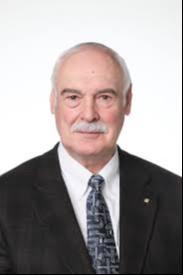
Juan Mosig
Swiss Federal Institute of Technology in Lausanne, Switzerland
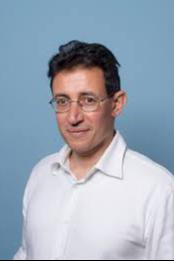
Andrea Neto
Delft University of Technology, The Netherlands
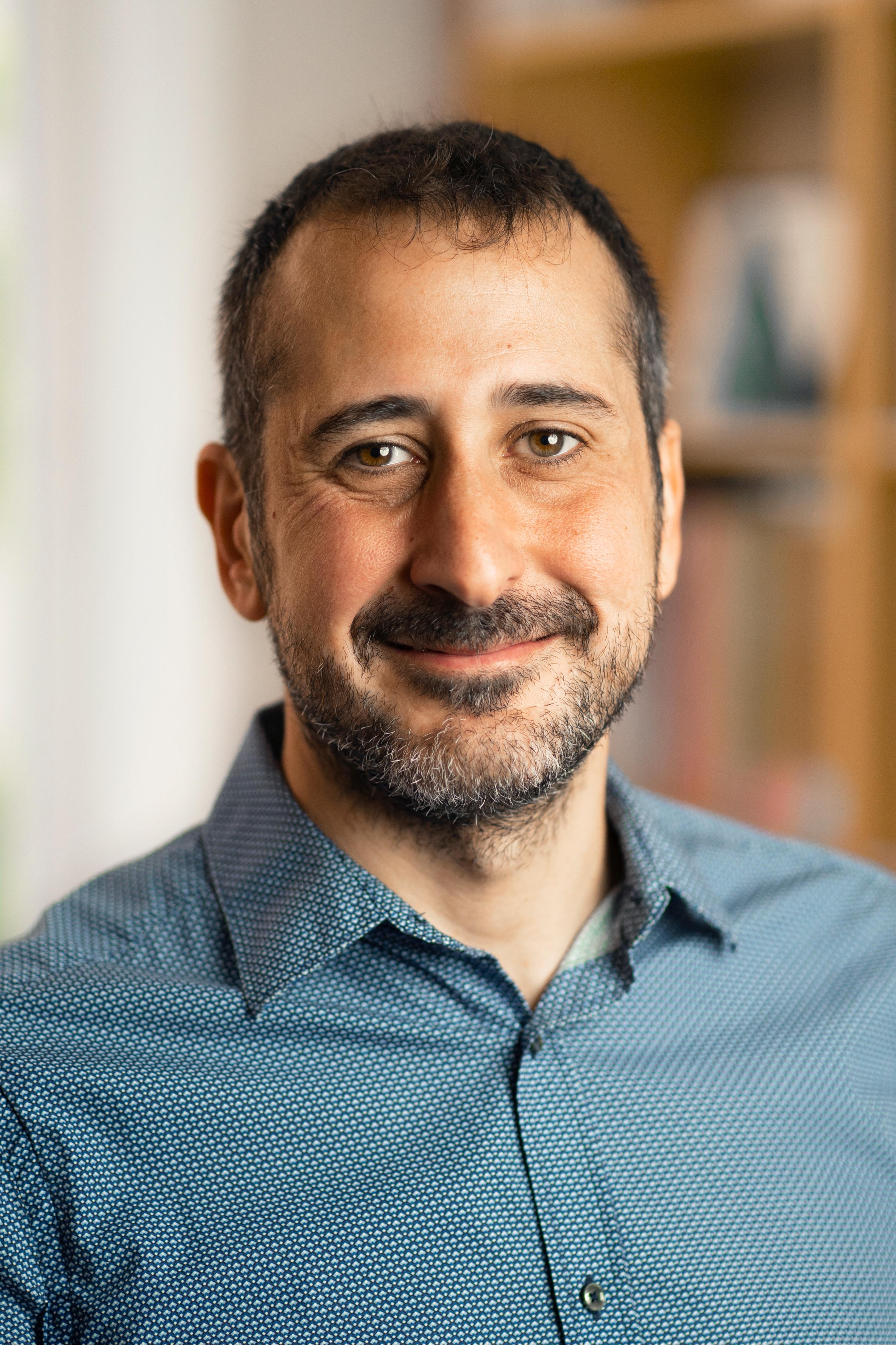
Oscar Quevedo-Teruel
KTH Royal Institute of Technology, Sweden
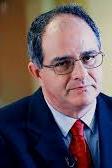
Daniel Segovia
Universidad Carlos III de Madrid, Spain
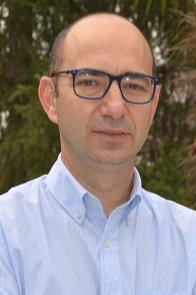
Manuel Sierra-Castañer
Universidad Politecnica de Madrid, Spain
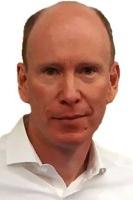
Winfried Simon
IMST GMBH, Germany
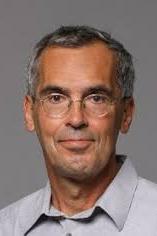
Zvonimir Sipus
University of Zagreb, Croatia
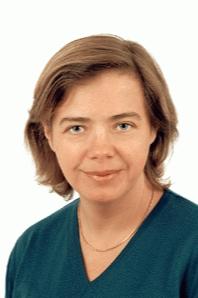
Anja Skrivervik
Swiss Federal Institute of Technology in Lausanne, Switzerland
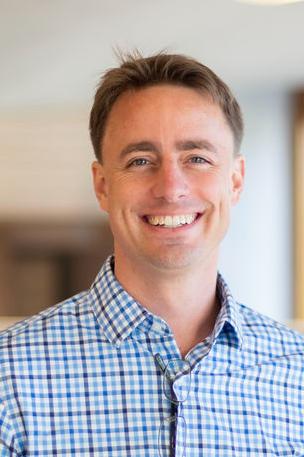
Zachary Taylor
Aalto University, Finland
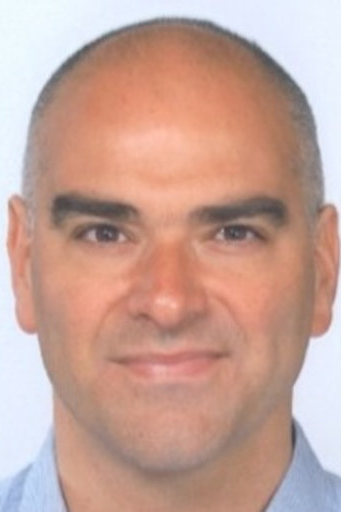
Giovanni Toso
European Space Agency, The Netherlands
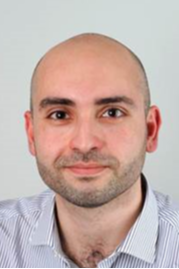
Guido Valerio
Sorbonne University, France
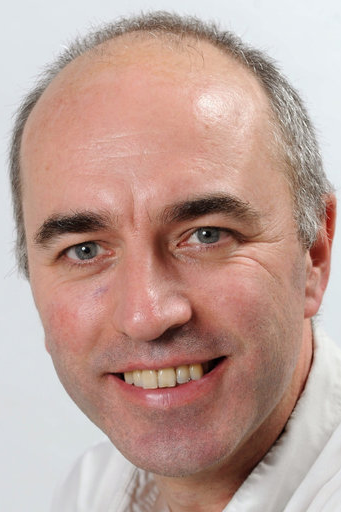
Guy Vandenbosch
KU Leuven, Belgium
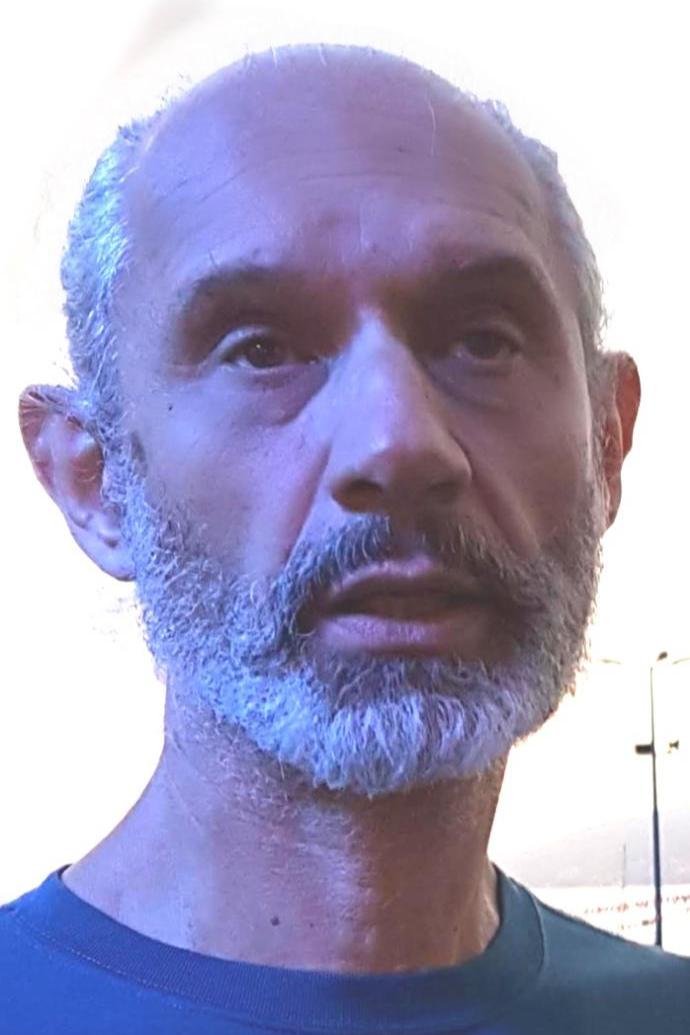
Giuseppe Vecchi
Politecnico di Torino, Italy
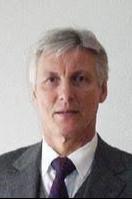
Wener Wiesbeck
Karlsruhe Institute of Technology, Germany
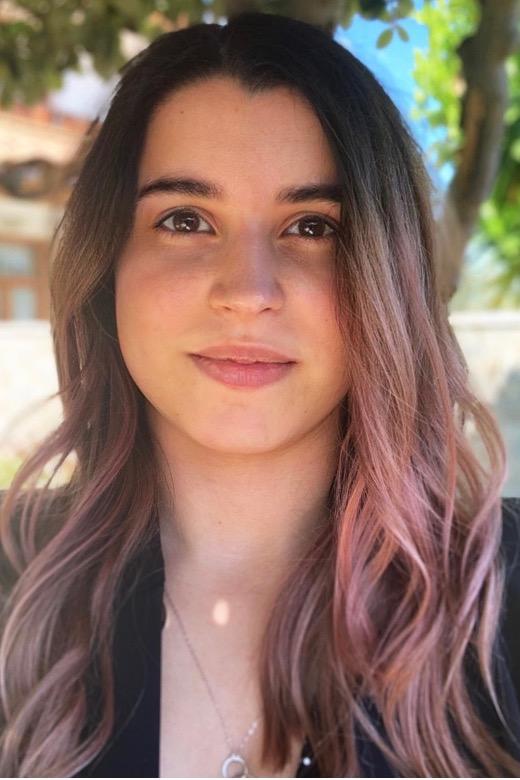
Cristina Yepes
TNO Defense, Safety and Security, The Netherlands
List of affiliations
|
Acronym
|
Name of the organization
|
Country
|
|||
|
Université Catholique, Louvain La-Neuve |
BE
|
|||
|
|
|
|||
| EPFL | Ecole Polytechnique Federal de Lausanne | CH | |||
| CTU |
|
|
|||
|
|
|
|||
|
|
|
|||
| UKIEL |
|
DE |
|||
|
|
|
|||
| UPC |
|
|
|||
|
|
|
|||
| UPV |
|
ES |
|||
| USC |
|
ES |
|||
| UC3M |
|
ES |
|||
| AALTO |
|
FI |
|||
| UR1 |
|
FR |
|||
| UNS |
|
FR |
|||
| BREST |
|
FR |
|||
| UNIZAG |
|
HR |
|||
| TAU |
|
IL |
|||
| UNISI |
|
IT |
|||
| UNIFI |
|
IT |
|||
| SAPIENZA |
|
IT |
|||
| POLITO |
|
IT |
|||
| UNINA |
|
IT |
|||
| MVG |
|
IT |
|||
| CNR |
|
IT |
|||
| UNITN |
|
IT |
|||
| UNIRC |
|
IT |
|||
| TNO |
|
NL |
|||
| TuDELFT |
|
NL |
|||
| CHALMERS |
|
SE |
|||
| METU |
|
TR |
|||
| QMUL |
|
UK |
|||
| LBORO |
|
UK |
|||
| SU | Sorbonne University | FR | |||
| KTH | Royal Institute of Technology |
SE |